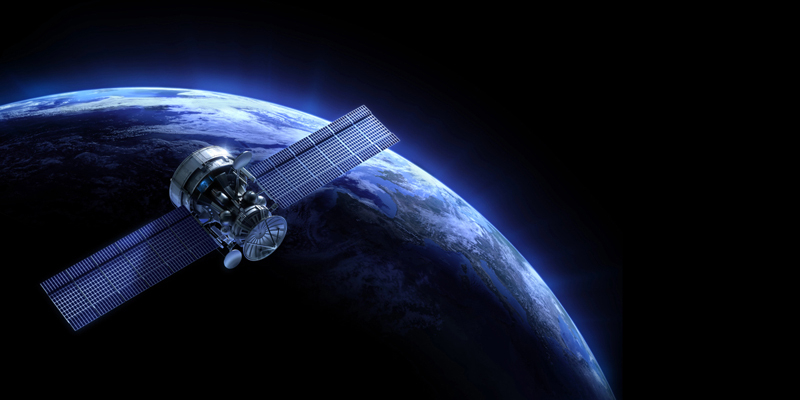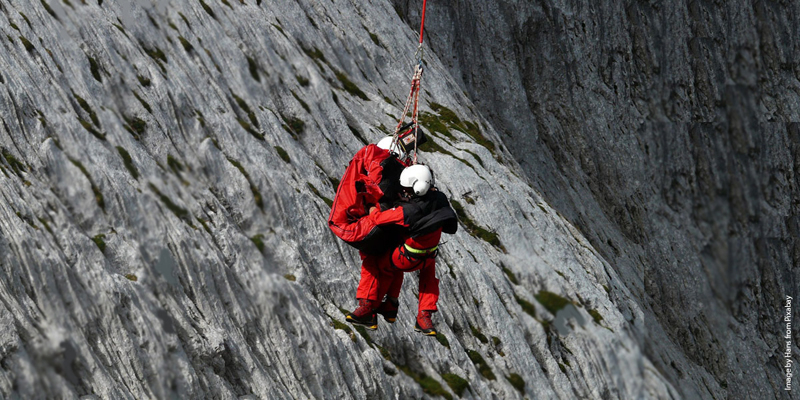Europe is not alone in developing services and applications for a Global Navigation Satellite System (GNSS): Asia is also thrusting ahead with its own plans, tailored for its own market needs. And with so much investment in the sector in both regions, it makes sense to see what sort of complementary activities could be launched between them.
That is the idea behind GNSS.asia, an initiative designed to seek business opportunities, promote trade and launch industrial GNSS cooperation projects among European and Asian companies. GNSS.asia, which began at the start of 2012 and runs for 30 months, follows twin paths of business link-ups and political cooperation. At a GNSS Industry Seminar in Brussels organised by GNSS.asia late last month, stakeholders explained the potential business prospects in five dynamic Asian economies: China, Japan, India, South Korea and Taiwan. The meeting gave participants – from business and from industry associations – plenty of ideas for business development in Asia, with market information for each of the five economies.
GNSS.asia co-coordinator Rainer Horn, Managing Partner from SpaceTec Capital Partners GmbH, explained that he hopes to define an industrial cooperation strategy between the European Union and the five Asian economies, and support concrete collaboration opportunities between companies. Horn described GNSS.asia as “a matchmaking process” designed to fit European businesses to Asian partners. He also wanted to raise awareness in Asia about the Galileo programme and EGNOS, Europe’s satellite-based augmentation system, while ensuing Galileo-compatible technology was in chipsets and receivers.
His fellow co-coordinator Daniel Ludwig, from Daniel Ludwig Consultant (DLC), underlined the role of the European Commission as a public partner in Galileo, and of the European GNSS Agency (GSA) in the development of applications. “This is essential, for both the credibility of the schedule of delivery of services, and for the political impact of the cooperation on industry,” he said. This, he pointed out, was crucial as the EU is actively seeking GNSS cooperation on issues like standardisation, interoperability and compatibility. “Ten years ago, we had to convince people that we needed Galileo. Now that we have proof that Galileo can offer high quality services, we should show people the opportunities available to businesses.”
LBS and road services
Ludwig said that the market overview showed that land-based services (LBS) and road services are vital applications in all the five countries, while the development of multi-GNSS/GPS receivers is key, with sensor integration. He also warned about copyright issues in some areas, but added that there are helpdesks for businesses in each country.
Jean-Yves Roger, from the International Relations Unit of the European Commission’s Enterprise Directorate General underlined the importance of accessing global GNSS-related resources, and of enhancing the global business environment for European GNSS technologies and applications. “Our efforts at international cooperation are, among other things, about ensuring a level playing field for industry in foreign markets,” he said.
GSA’s Market Development Project Officer Justyna Redelkiewicz said the Asian-Pacific market is currently the largest, accounting for 34% of worldwide shipments, compared to 25% for Europe and 28% for North America. She added that Asia Pacific shipment of GPS/GNSS integrated shipments expected to rise 21.7% between 2012 and 2017, while global shipments of GNSS devices will exceed 1 billion units by 2020.
The seminar included several presentations on the Asia GNSS market which offers many options for manufacturing GNSS downstream equipment, as well as being home to chipsets serving mass markets in GNSS. In some markets, like Japan and Korea, the very high use of mobile phones for emailing, streaming and gaming is a particular prospect.
Market surveys
Fabrizio Mura, from the EU-Japan Centre for Industrial Cooperation, said that Japan is a big, attractive, technology hungry market, but difficult to penetrate. “Market entry is a medium risk, high cost, with high expectations from customers and prospects of long term returns,” he said. Japan has a GPS-based augmented system, QZSS (seven satellites are expected in orbit by 2020), and Mura recommended businesses consider joint QZSS and Galileo applications.
Senthil Kumar, a project manager from European Business Group India, pointed out that India has a long established space programme, its own GPS and geo-augmented navigation system (GAGAN) will be ready by 2013, while the Indian Regional Navigation Satellite System (IRNSS) is set to launch first satellite in 2013. Among the potential prospects, she said that with fast growing car use and rising congestion, there was an increasing demand for transport management systems. She also suggested joint research and development in new areas of satellite signal usage. “India has a large pool of young, talented and affordable workforce,” she said. “It is a laboratory for creating products that are suitable for emerging economies.”
Jaspal Channa, General Manager of the EU Chamber of Commerce in China (EUCCC), said that with its COMPASS/BeiDou GNSS system, its new political focus on innovation, and 72% of its 1.3 billion population owning a mobile phone, China represented a huge market potential. She said the challenges included political restrictions, legal hurdles for private companies, and the fact that the BeiDou code is still not available.
Tomasz Wierzbowski, project manager of the Europe-Korea Foundation (EKF), said that with sustained GPS jamming from North Korea, particularly in the aviation sector, security and consolidation of South Korean national GNSS infrastructure was a particular issue.
Angela Hsiao and Pascal Viaud, from European Chamber of Commerce Taiwan, said that Taiwan, though relatively small, is the world’s largest semiconductor market. They suggested businesses take advantage of the country’s position as a transformation hub, importing huge amounts of electronics, and exporting components, equipment and tools
GNSS.asia is also holding workshops in the Asian countries themselves over the next few months, tied to major trade shows. Upcoming workshops are Taipei, Taiwan, November 6 (in parallel with the ITSI-2012 conference); Beijing, China, November 7 (the International Committee on Global Navigation Satellite Systems meeting); and Jeju, Korea November 9 (Korea GNSS Society (KGS) Conference).
Source: European GNSS Agency (GSA)Subscribe to our newsletter
Stay updated on the latest technology, innovation product arrivals and exciting offers to your inbox.
Newsletter

